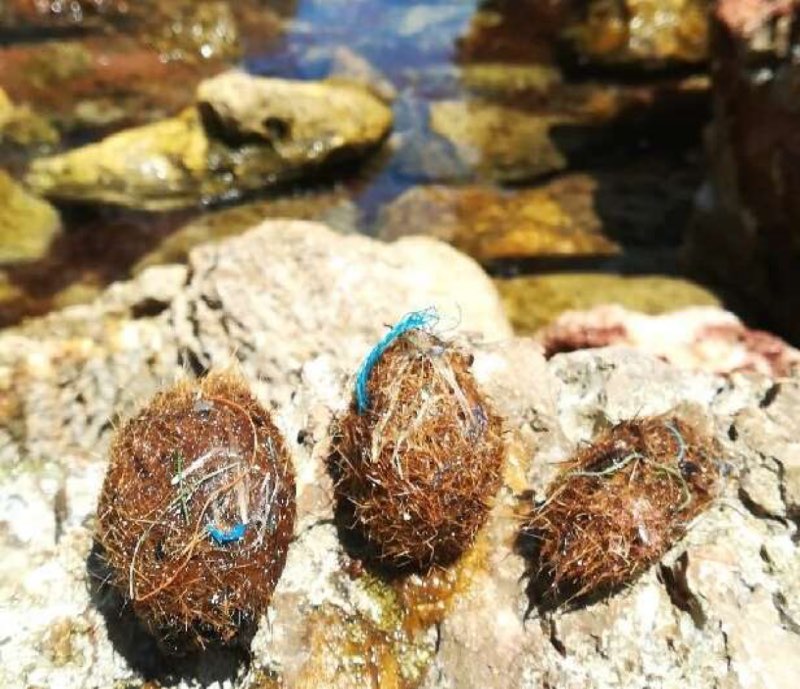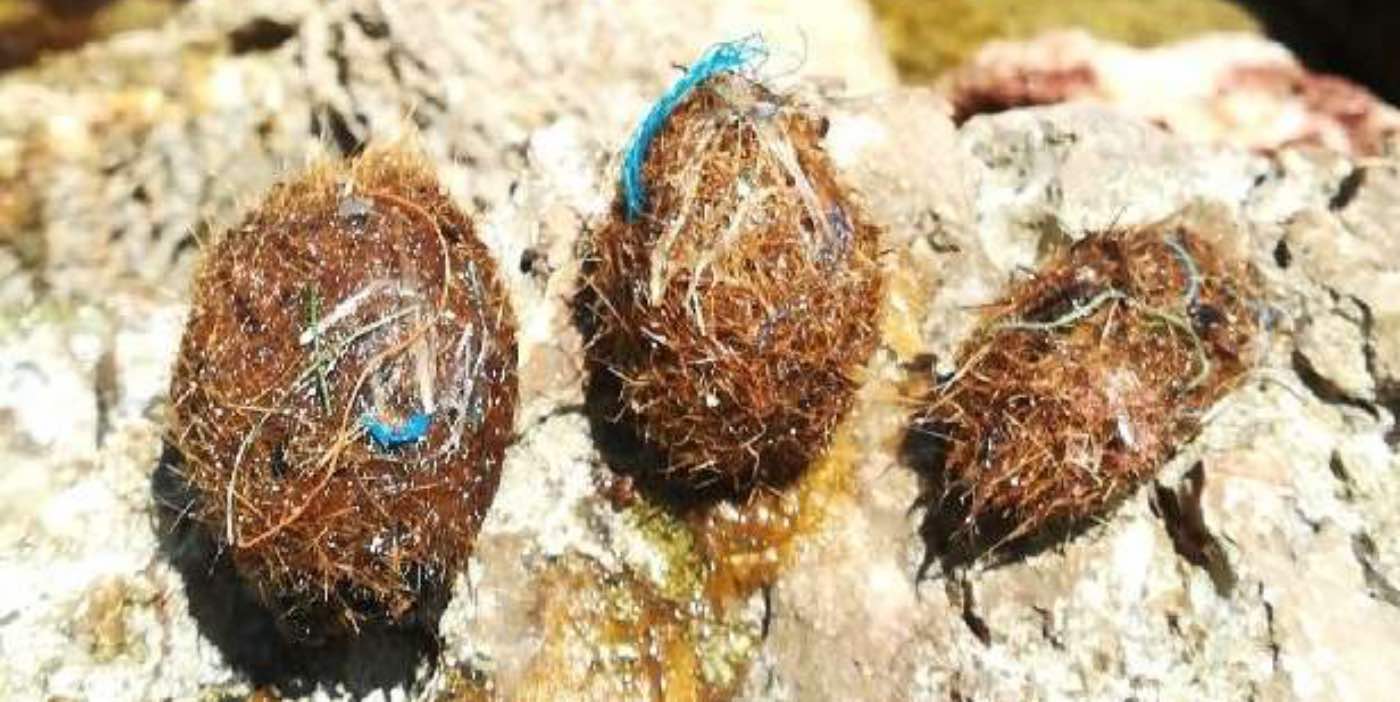Good News Network has covered how resilient and good for the climate seagrass meadows are, but now a new study proves they can provide even more value to humans looking to help heal the wounds inflicted on our planet.
Spanish researchers have documented that seagrass ‘Neptune balls’ can act like plastic mousetraps, entangling bits of waste in their leaves and foiling their attempts to trick sea life into eating them.
Using mathematical extrapolation estimates, the researchers suggest that there could be as many as 900 million bits of plastic entangled in seagrass beds in the Mediterranean alone, representing “a continuous purge of plastic debris out of the sea.”
“We show that plastic debris in the seafloor can be trapped in seagrass remains, eventually leaving the marine environment through beaching,” lead author Anna Sanchez-Vidal, a marine biologist at the University of Barcelona, told AFP.
The Neptune balls are tightly coiled ropes of vegetation from which the long seagrass blades sprout.

They are the size and shape of rugby balls, and while it’s not clear if the plastic damages the plant, their lifespan sees them wash up on beaches, thereby removing the captured plastic from the ecosystem.
The leaves also perform this function, and Sanchez-Vidal and her team found while collecting these castaways from Mallorca beaches, that half of seagrass blades contained debris, amounting to about 600 pieces of plastic per kilo of leaves.
In findings published in Scientific Reports, only 17% of the tightly knit Neptune balls on the other hand contained plastic, however they did so at a much higher rate, of about 1,500 pieces per kilo.
Seagrass covers only 0.02 percent of the seafloor, but the 70 species of grass that can grow from the Arctic to the Tropics deliver important ecosystem services to humans and other species.
They form the basis of coastal marine food systems, act as nursery beds for thousands of species of fish and crustaceans, and important habitat for dugong, manatee, rays, and seahorses. They also prevent beach erosion and cushion shorelines from storm surge impacts, reducing the damage they cause.
MORE: Additive That Makes Plastic Harmless Has Potential to Be Biodegrading Game-Changer
Furthermore they sequester CO2 at rates 35% faster than terrestrial forests, making them true “lungs of the earth.”
SHARE News of This Eco-Friendly Innovation With Your Friends on Social Media…




















